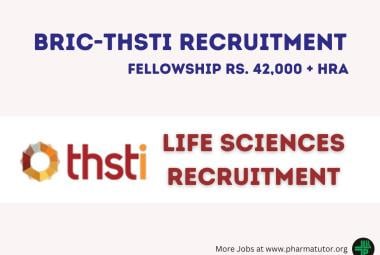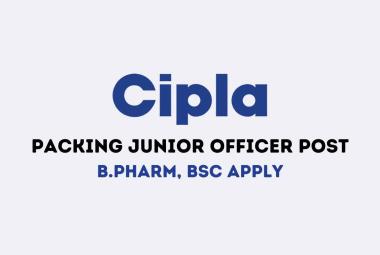A REVIEW ON PHARMACEUTICAL ANALYSIS OF MASS SPECTROSCOPY
 ABOUT AUTHORS:
ABOUT AUTHORS:
G.Venkateswarlu*, M.Muthukumaran, B.krishnamoorthy, Ameren nishat
Montessori Siva Sivani Institute of Science & Technology College of Pharmacy-Mylavaram,
Vijayawada, Andhra pradesh-521230
*venkateswarlu460@gmail.com
ABSTRACT
The goal of this review is to provide a guide for understanding current MS technology. Mass spectrometry (MS) has progressed to become a powerful analytical tool for both quantitative and qualitative applications. Proteomics research, in particular, increasingly depends on MS technologies. Basically, any information gathered from a mass spectrometer comes from the analysis of gas-phase ions. There are three main components of a mass spectrometer: an ionization source, a mass analyzer and a detector the name ‘mass spectrometry’ is a misnomer of sorts. The mass is not what is measured; instead, mass spectrometry determines the mass-to-charge (m/z) ratio or a property related to m/z .A mass spectrum is a plot of ion abundance versus m/z, although in many cases the x-axis is labelled ‘mass’ rather than m/z. The spectrum is presented in terms of Daltons (Da) per unit charge The ability of mass spectrometry analyzing proteins and other biological extracts is due to the advances gained through the development of soft ionization techniques such as electrospray ionization (ESI) and matrix-assisted laser desorption ionization (MALDI) that can transform biomolecules into ions. Regardless of the ionization source, the sensitivity of a mass spectrometer is related to the mass analyzer where ion separation occurs.


 About Authors:
About Authors:







.png)


